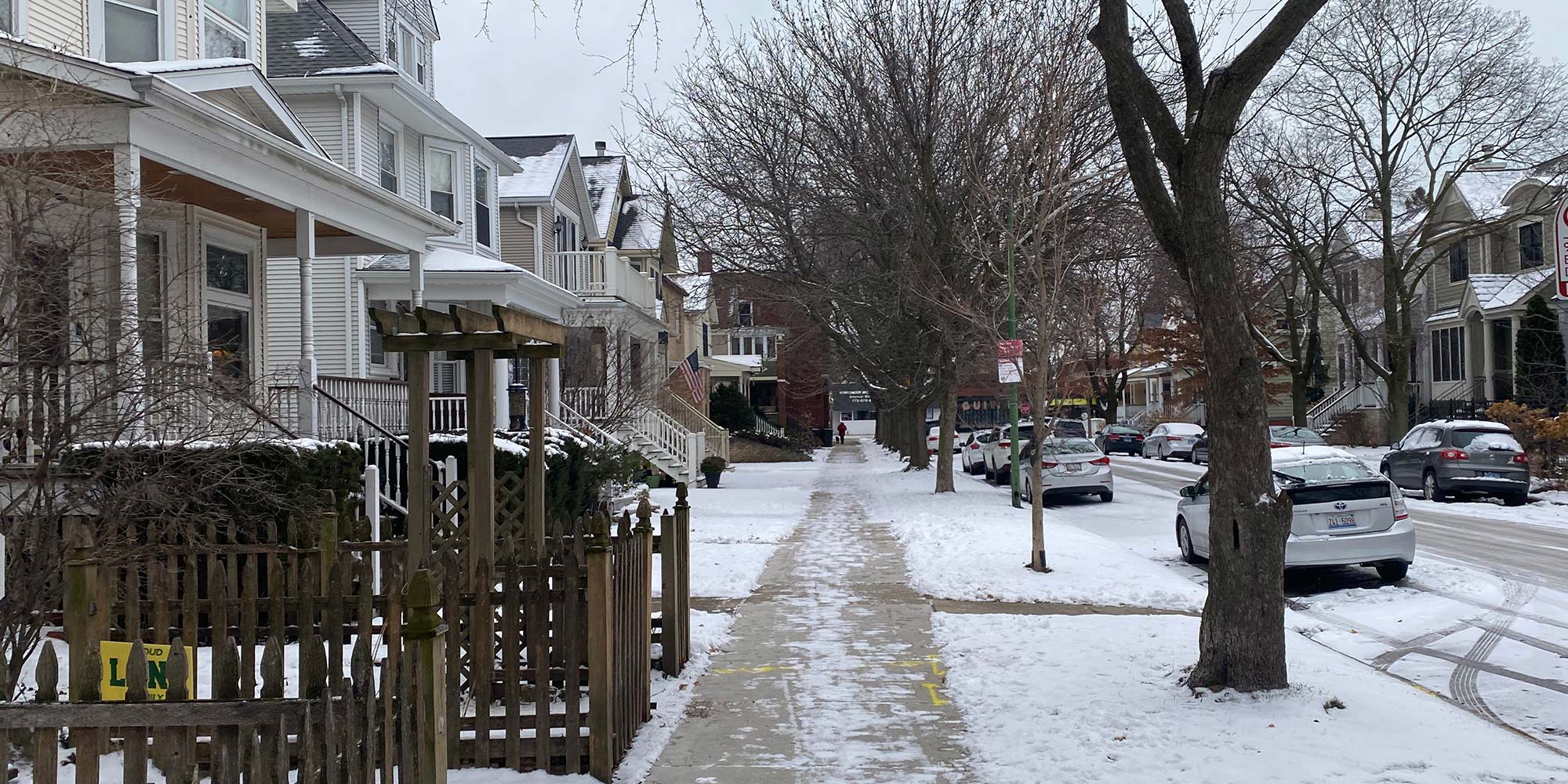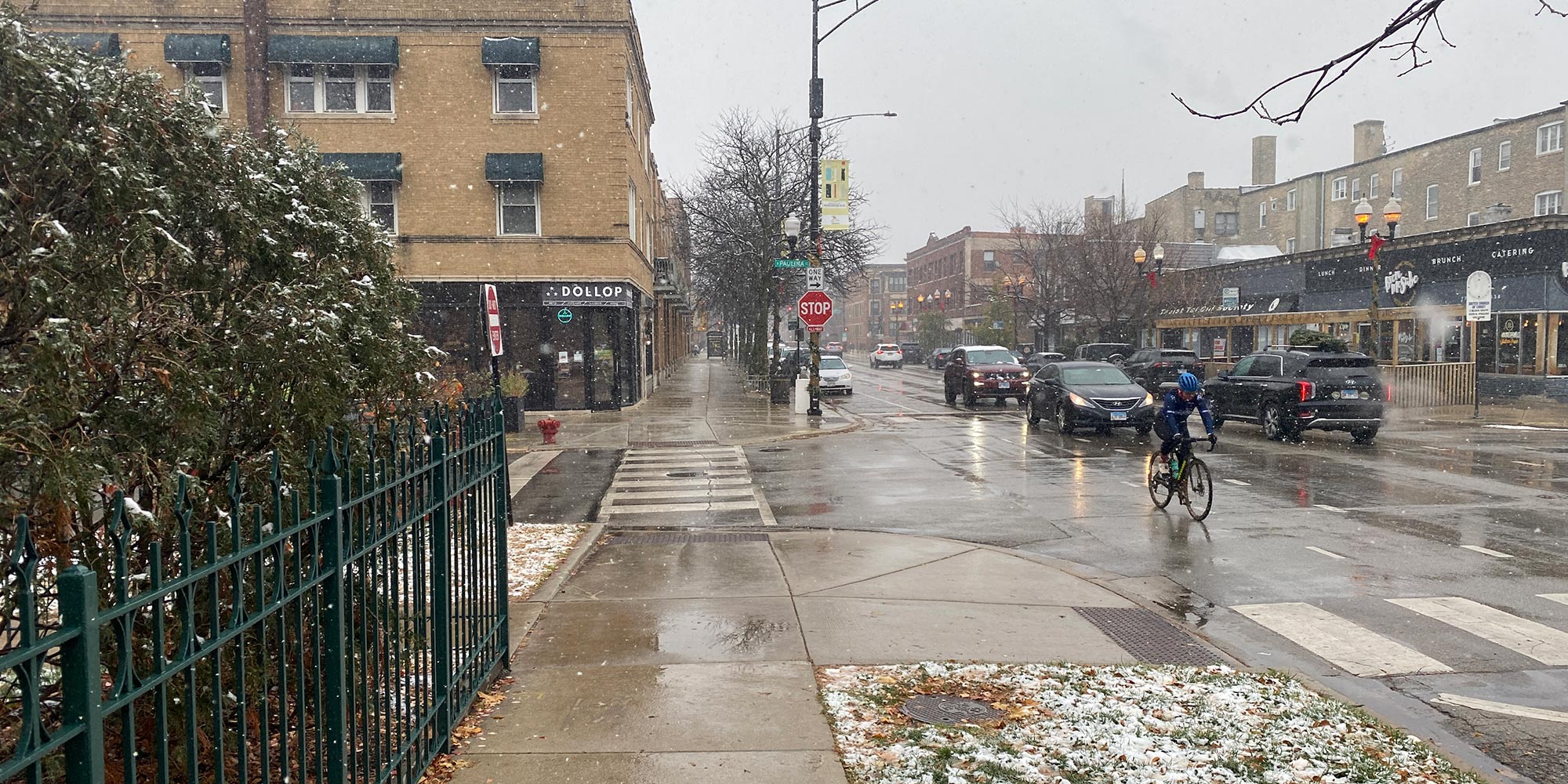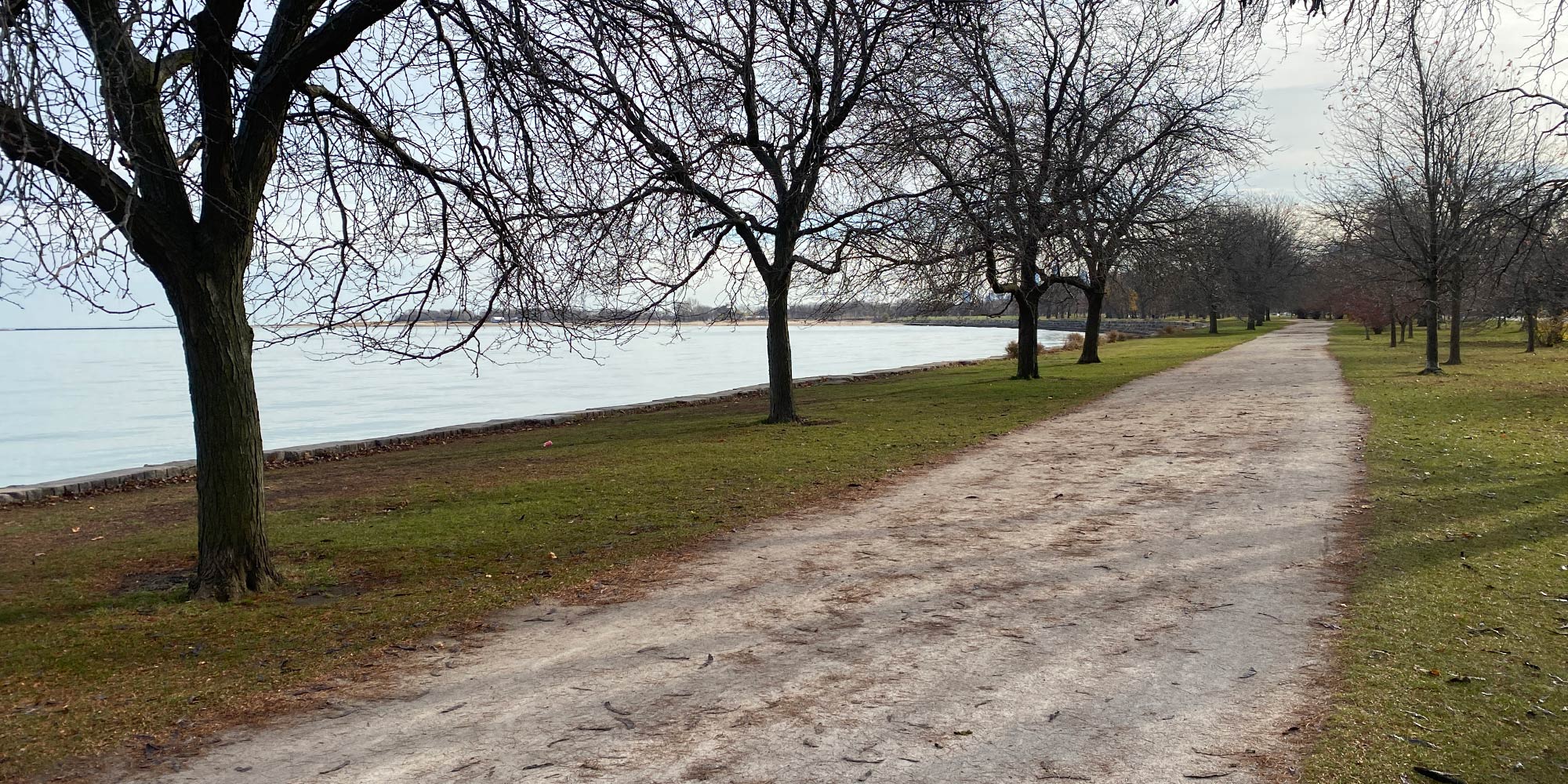Cold weather running is better in some ways, think of the pros.
- There’s fewer pedestrians using sidewalks, trails or tracks. It’s quiet and peaceful.
- You don’t have to worry about sunscreen as much because most of your skin is covered.
- You usually don’t have the pressure of training for a race, it’s a more relaxed running season.
- You have plenty of pocket space to carry things with you on the run – phone, food, wallet, etc.
- It’s easier to run at a faster pace in cooler temperatures.
Judging the Weather
- Know when not to run. Anything below 10 degrees isn’t a good idea and it’s better to exercise indoors. That number is dependent on the wind. 20 degrees with 20 mph winds is going to feel like 4 degrees.
- Don’t underestimate the wind, it has a massive effect on how cold it feels. This is a basic explanation: 10 mph is a light wind that isn’t very noticeable, 15 mph is a medium wind that’s noticeable, and 20 mph or over is a strong wind.
- Rain is going to be a bigger problem when it’s cold outside. Cold and rainy is usually going to be miserable running weather.
- Use your best judgment regarding ice and snow. You don’t want to take any unnecessary risks and slip and injure yourself.
Shoes & Socks
- You can run in your regular running shoes and socks, but under some conditions this might be problematic.
- Consider buying cold weather running shoes. They’re different because they are water resistant or waterproof, more insulated, and have more traction on the outsole. I recommend them because the grip is better and you don’t have to worry about buying insulated or waterproof socks.
- Wear high quality running socks. As always, you should avoid cotton socks for running, especially for longer runs. Cold weather socks are nice to have. They’re made of merino wool or synthetic materials. Waterproof socks might also be good to own, although they’re bulky and expensive.
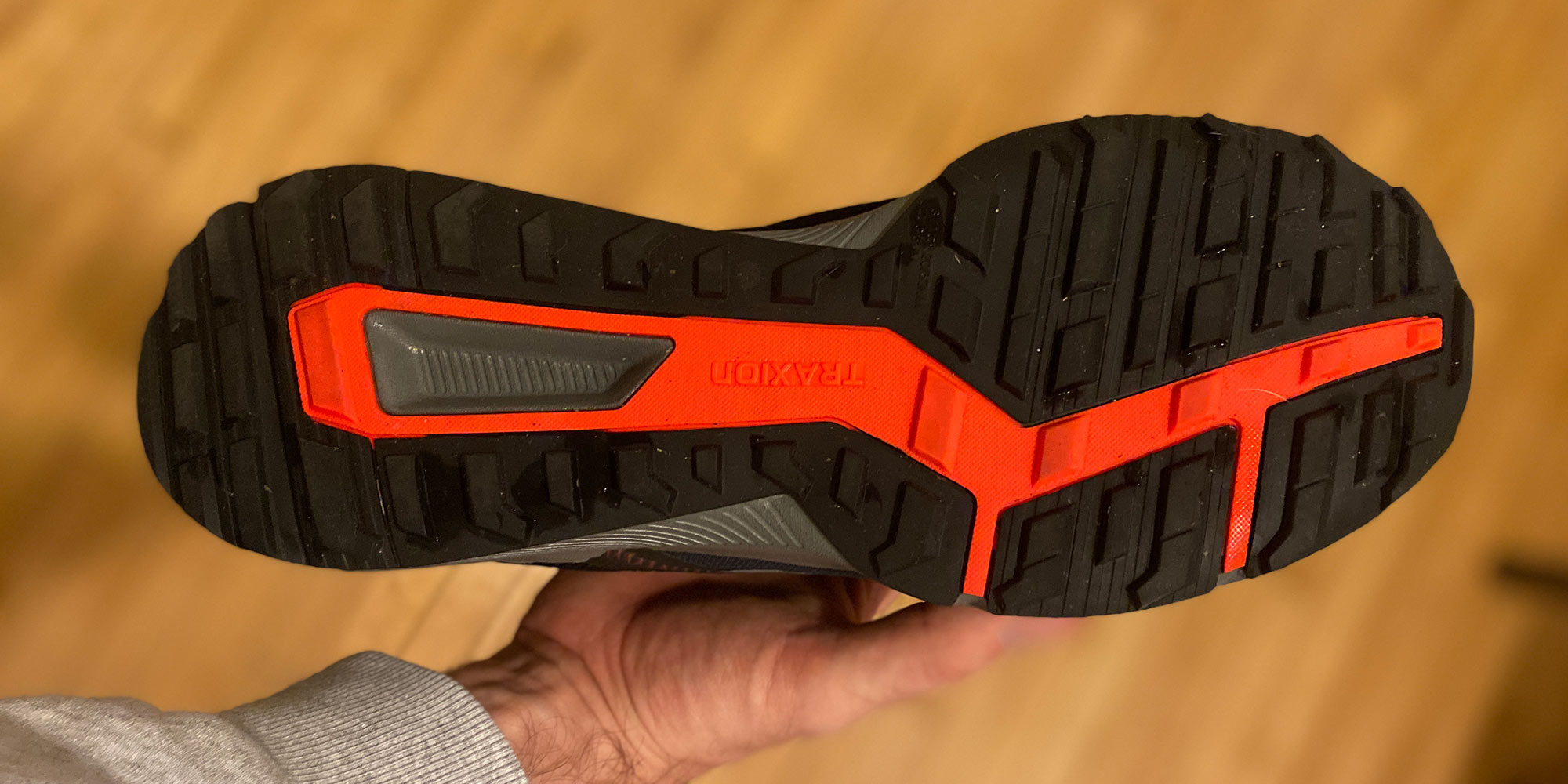
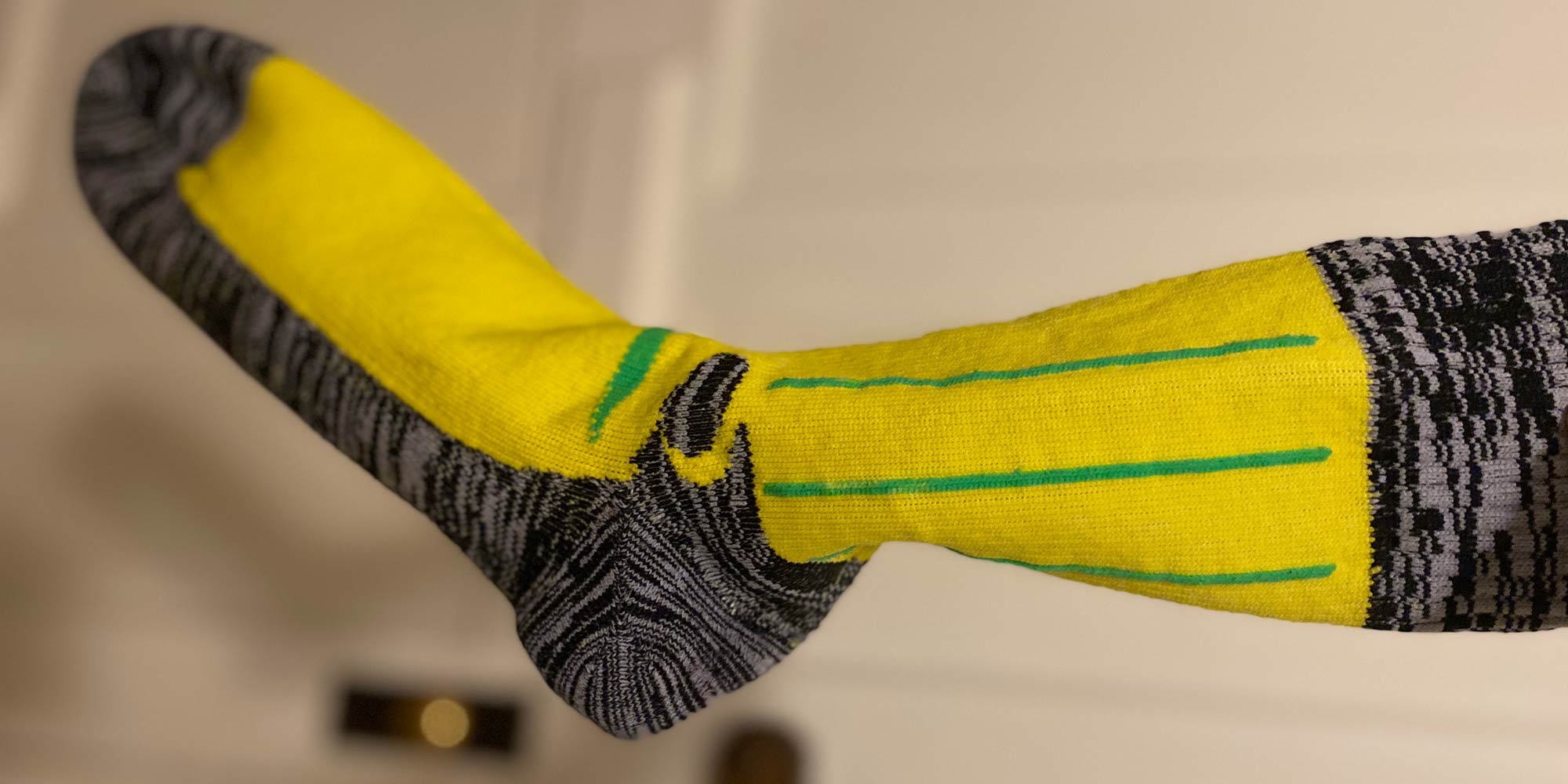
Clothes & Accessories
- Avoid cotton, use synthetic moisture wicking materials.
- Follow the 15 degree rule. Dress like it’s 15 degrees warmer than it actually is since your body will warm up from moving. So if it’s 35 degrees, dress like it’s 50 degrees. You obviously need to consider other factors such as wind or rain.
- Wear a hat and gloves. You can always put them in your pocket if you get too hot. A gaiter or face mask isn’t a bad idea either. Most heat is lost through the head and hands.
- A running jacket is useful. Something that is windproof and waterproof without being too bulky. A chest pocket is nice for carrying a phone.
- Your eyes are more prone to dryness in the cold, so consider wearing sunglasses or clear glasses.
The Run
- Keep in mind that starting a run on a cold day is the hardest part. Once you start running you’ll warm up quickly. Don’t talk yourself out of it.
- Warm up and stretch indoors if possible.
- Depending on the conditions, you might have to slow down. If it’s really cold it might be harder to breathe and there could be ice or snow on the ground.
- You still need to hydrate. Sometimes it can feel like you don’t need to drink much water when it’s cold.
- Take care of your skin. Petroleum jelly is important because chafing is worse when it’s cold. Also remember to put on sunscreen, sunburn can occur in any season. Consider applying lotion to dry skin that was exposed during the run.
Safety
- Be cautious of slipping on ice or snow.
- Don’t stray too far from civilization and bring your phone with you.
- It’s darker in the winter. Reflective clothing and a flashlight are a good idea.
- Know when to call it and exercise indoors.

